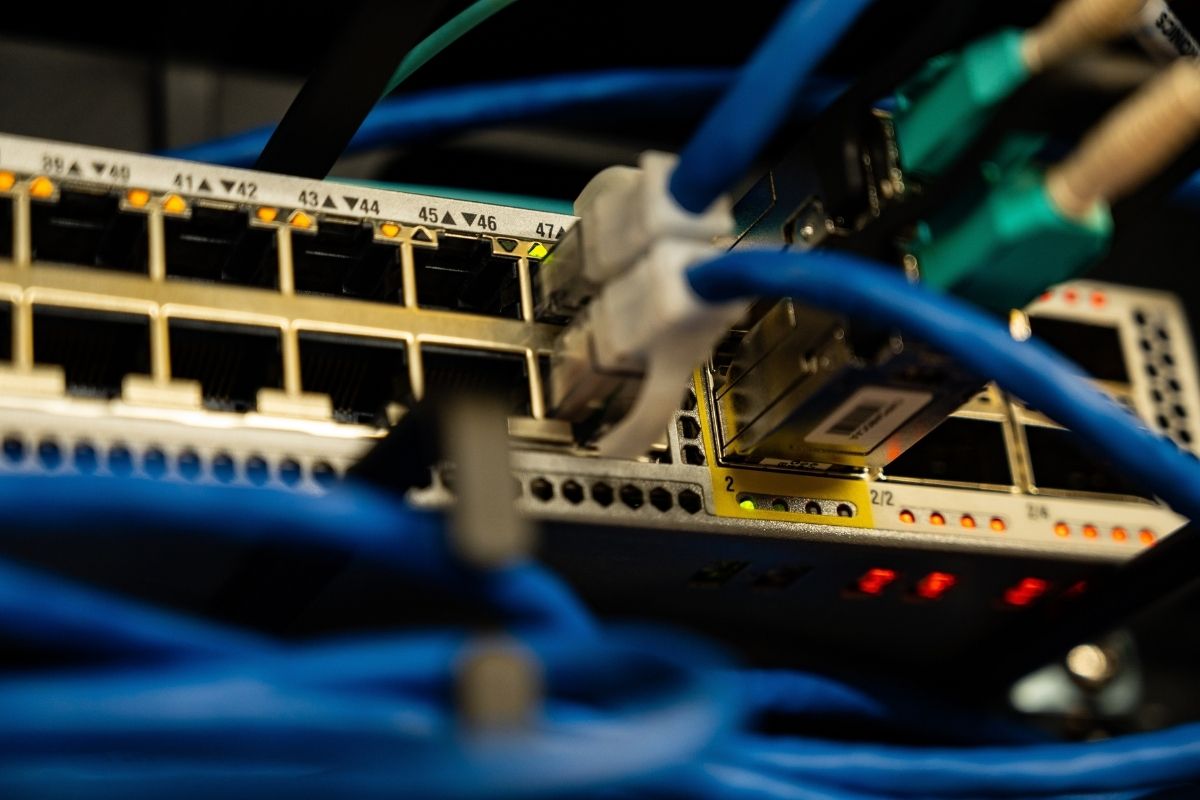Broadband Speed Should Be Fast Enough
The most important aspect when it comes to ensuring smooth working from home experience is adequate speed. The speed you require will depend on the nature of your work. If your work involves just sending a lot of emails and light internet usage, then 10 Mbps speed would be sufficient for you. However, if your work is requiring a lot of data for video calling, downloading and uploading large files, then you would require higher speed internet. You could either choose to strategise your internet usage at home or consider upgrading your internet plan altogether.
Your Computer Needs Streamlining
There are many applications that you might not actively use but can drain not just your computer’s battery but also use bandwidth unnecessarily and make your internet slow. These can include program updates, security scans, media player pop-ups, media-rich web pages and chat notification. Before you start working, make sure you close all these pop-ups, applications and windows so that you receive the bandwidth you require for work. This will free up the bandwidth of your home broadband connection and make things faster.
Router Set-Up and Placement must be Accurate
It is popularly known that higher frequency bandwidths have lower wavelengths. Even though you chose a high-speed internet plan for your home broadband connection, an accurate setup and placement of your router will ensure that you receive that speed and a stable connection. You should make sure that your router is always connected to the master socket and not an extension. Once that is done, the next step is to ensure that the router is positioned upright and in the middle of the house to remain unobstructed from walls and other blocking elements. Make sure to keep your router away from other electronic devices as such devices can disrupt your Wi-Fi connection as well.
